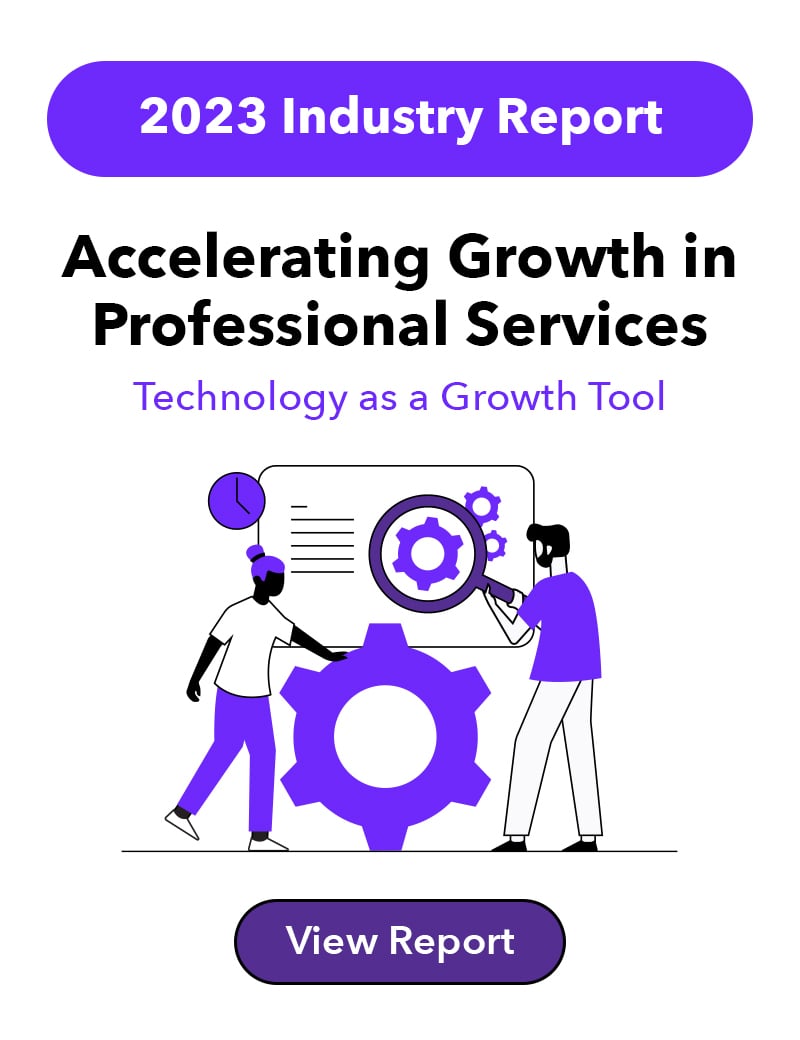A successful diversity, equity and inclusion (DE&I) initiative starts with recruiting a more diverse workforce. According to CareerBuilder, implementing a successful DE&I recruitment strategy supports an inclusive environment and produces a more well-rounded team.
And a diverse workforce is typically more engaged and more productive, which could lead to greater revenue. According to McKinsey & Company, the top 25% gender or ethnically-diverse companies usually financially outperform those in the bottom quartile. And while diversity is great for a team and company in general, it is often lacking in top positions.
According to the Society of Human Resource Management,
- Only 1 in 4 key executive roles were held by women in 2019.
- Back and Indigenous people and other people of color only make up 17% of the C-suite.
- Less than 1% of Fortune 500 CEOs publicly identify as LGBTQ.
A company’s executive team can provide an example of what a diverse and inclusive workforce should look like, from starting conversations about DE&I to reinforcing the role of social responsibility and community service.
Implementing a diverse, inclusive C-suite starts by recruiting and DE&I initiatives in mind. To do this effectively, you need good data.
What Data Matters in Executive Search
Executive search has some unique challenges compared to recruiting for the rest of your team.
Executive search candidates are high caliber, making the talent pool much smaller, so recruiters need to search more extensively to find the right candidates. These candidates are also more passive, meaning you’ll have to actively search them out.
Having good data can help. Whether it's data about your candidates, your clients, or your previous placements, all this data can be leveraged to improve your executive search firm's processes.
Leveraging your data helps drive innovation, increase efficiency and cultivate relationships which leads to higher-value placements that stay for longer periods of time. A solid, organized data management system can help guide recruiting DE&I decisions and aid in hiring a more diverse executive team.
Using Your Data for Diversity Initiatives
Data surrounding your clients and candidates that can be easily collected, accessed and tracked can be used to create a more diverse workforce based your goals. This information can be employed to track your key diversity metrics to ensure your recruitment strategy remains on track, i.e., getting a more diverse group of candidates into executive interview seats.
Data used for DE&I recruiting initiatives includes niche interests, qualifications of candidates, key metrics and culture. Recruiters can also keep track of information collected from clients about the roles they're trying to fill, company values and more.
Data management can also aid in executive search by allowing you to maintain a database of candidates that can fill the role. You can track applicants based on demographics, experience, personal preferences, salary requirements and more.
In addition to client and candidate data, many executive search firms also keep a database of all their placements and testimonials to use for marketing purposes. Pitchly can pull your placement data from relevant connected databases and bring them into a centralized, searchable, filterable database. Once all your placement, candidate and client information is there, you can easily filter for the criteria you need, making an executive search that aligns with your DE&I strategy that much easier.
Download our eBook, Using Data in Executive Search, to learn more.
 Sep 12, 2022
Sep 12, 2022




